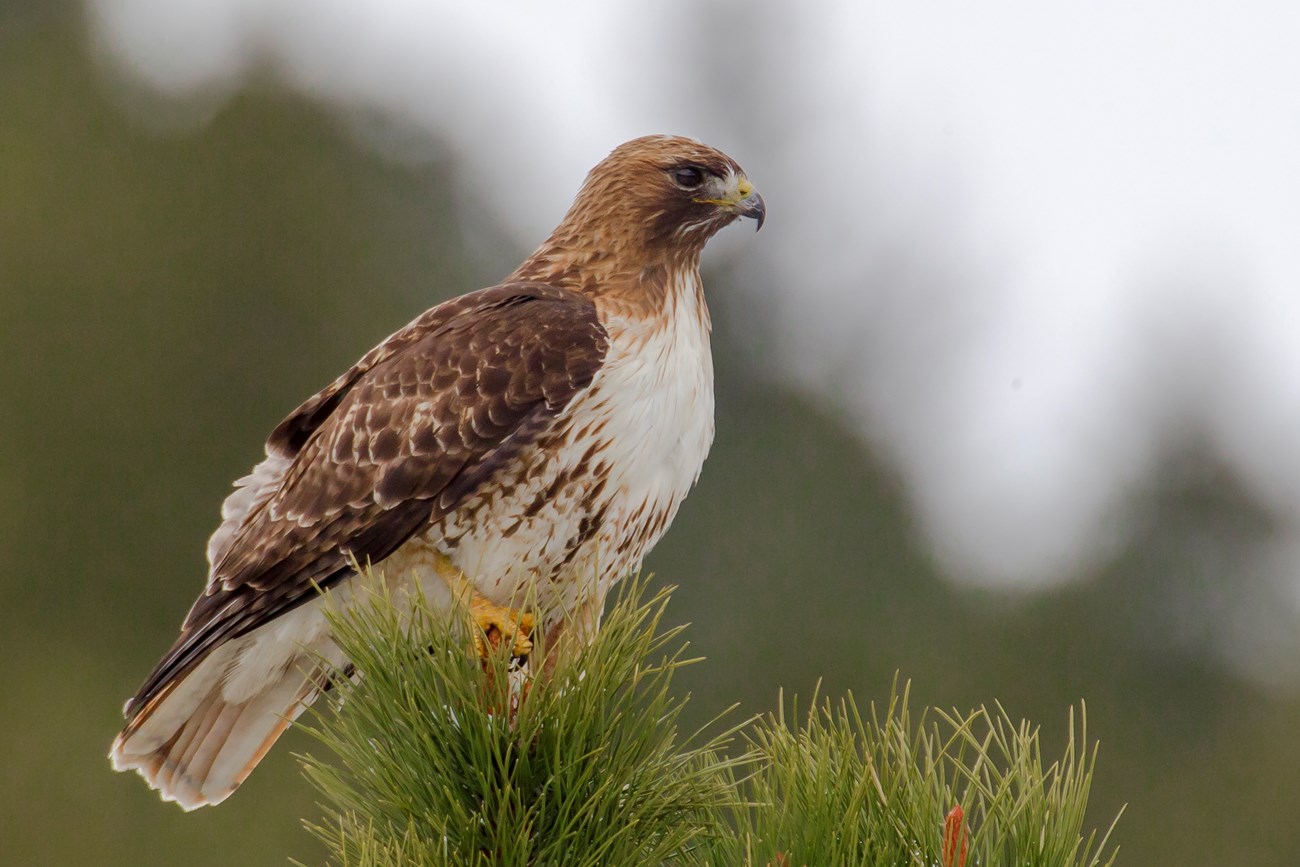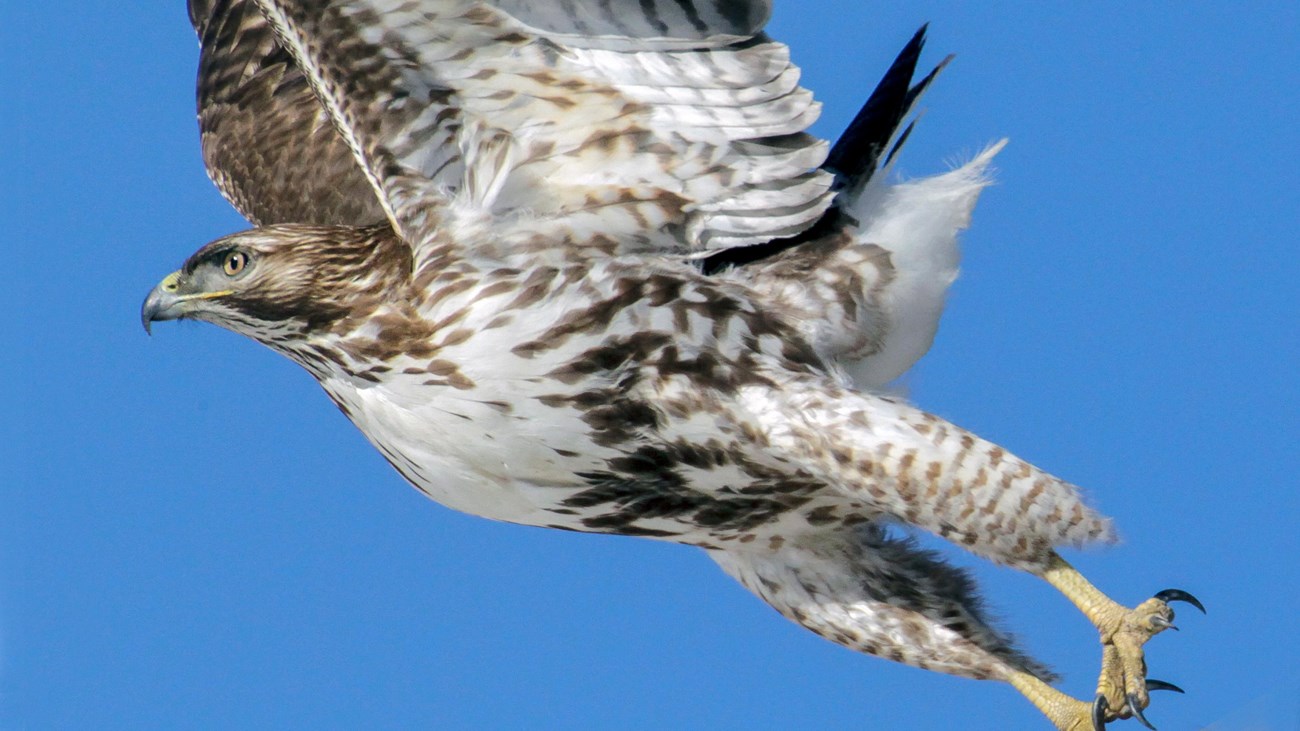
NPS/Schonlau Seeing a raptor in the wild is an incredible experience that many people highly value. Raptors, also known as birds of prey, rely on their keen eyesight, sharp talons, and hooked beaks to hunt and feed on other animals. Did You Know?Rocky Mountain National Park (RMNP) is home to 25 documented species of raptors including eagles, hawks, falcons, owls, and more. Imagine seeing a Golden Eagle soar above you. This massive raptor has a six-foot wingspan. Smaller, but faster, is the Peregrine Falcon which can dive at speeds of 200 mph to catch prey. Why are Raptors Important?Raptors have a critically important role in ecosystem health. Known as “keystone predators,” raptors help to regulate prey populations of small mammals, other birds, fish, and reptiles. The status of raptor populations in the park can be an indicator of ecosystem health, with dips in breeding success signaling an imbalance in the ecosystem. What Are the Threats to Raptors?Raptors are sensitive to stressors such as habitat loss, disease, pollutants, climate change, and disturbance by people.
Raptor Conservation - How Are We Working to Help Protect Raptors?Raptor species are afforded protections to ensure their longevity within the park’s borders and beyond. Federal protections, such as the Migratory Bird Treaty Act and the Bald and Golden Eagle Protection Act protect raptors across the country.

Learn about Raptor Closures
Temporary raptor closures help ensure that birds of prey will be undisturbed during their roosting, breeding, and nesting seasons 
RMNP's Raptor Monitoring Program
Learn about RMNP's Raptor Monitoring Program 
2022 Raptor Monitoring Survey Results
Learn more about the 2022 Raptor Monitoring Survey Results |
Last updated: February 13, 2023
